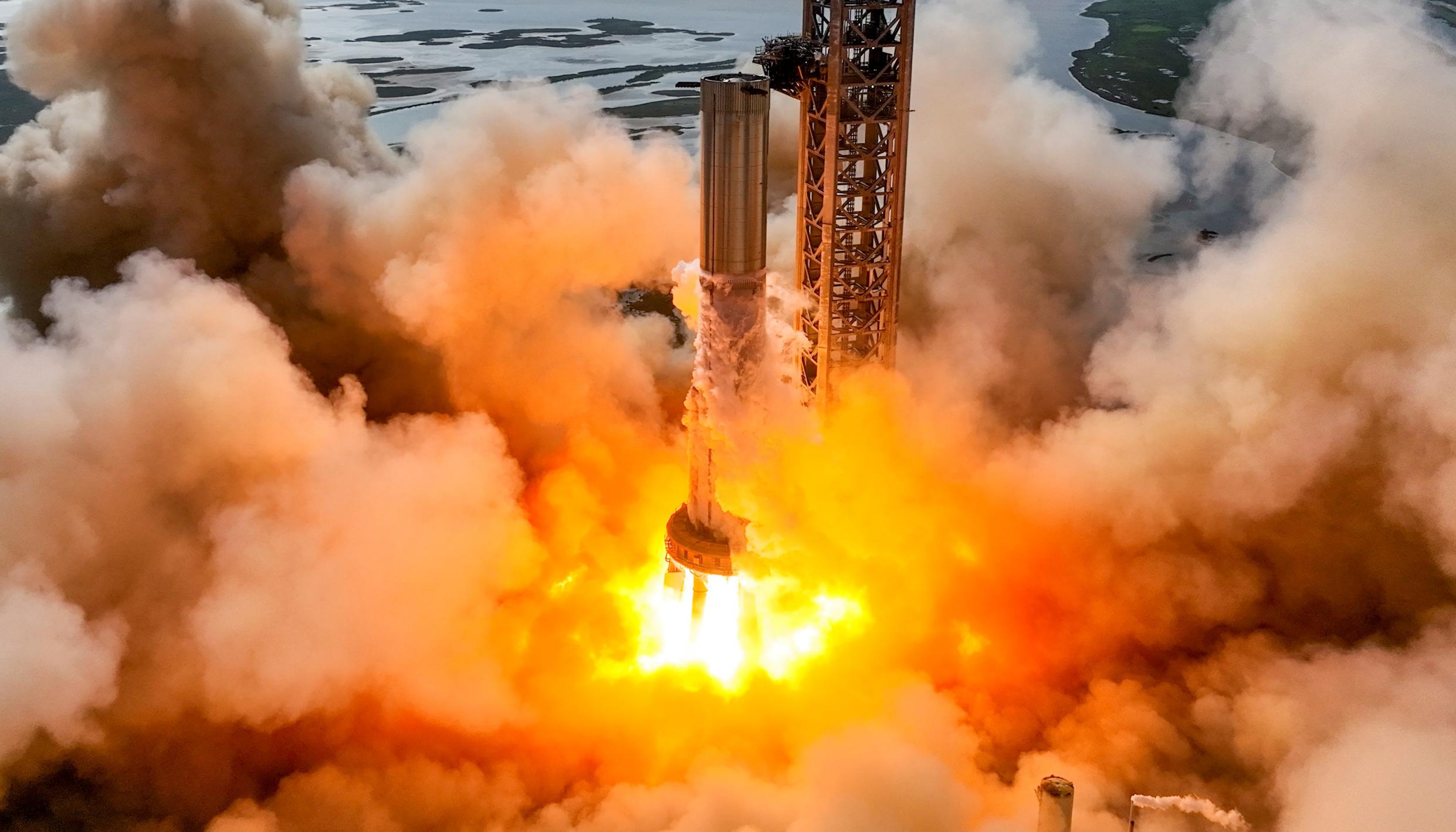Space Exploration Technologies Corporation (SpaceX) asked the Federal Communications Commission (FCC) to extend its special temporary permission for testing the Starship launch vehicle platform beyond August in a document submitted earlier this week. The Starship is SpaceX’s next-generation rocket, which will take the place of the company’s current Falcon 9 series and transport payloads to various locations such as low Earth orbit (LEO), the Moon, and Mars.
In its facility in Boca Chica, Texas, SpaceX is constructing the Starship, and the firm is on schedule to execute a critically important orbital test flight of the 394-foot-tall rocket made nearly entirely of stainless steel. SpaceX had previously requested authorization from the FCC to transmit and receive radio waves in order to test the top and lower stages of the Starship.
The rocket consists of two stages, the lower (or first) stage being powered by 33 engines and producing the majority of the thrust needed to launch it into orbit. Once it is approved and operational, the Starship spaceship, which is in the lower (or second) stage, will transport both personnel and cargoes. The FCC acted quickly after receiving the prior application from SpaceX in January, approving it in less than three weeks. The application’s concise narrative was as follows:
This STA expands on the data in the earlier award 1847-EX-ST-2021 and is required to approve communications from Boca Chica, Texas, the launch site for the Starship test vehicle as well as the experimental recovery operation after the test vehicle demonstration launch. NTIA, USAF, and NASA will get immediate access to the trajectory data. The FAA Office of Commercial Space Transportation is responsible for licensing launches.
This story is followed by the most recent filing, which only substitutes the January filing for the file number in the first phrase. The Super Heavy launcher and Starship will be tested by SpaceX, according to supplemental papers, with a maximum altitude of 72 miles and a radius of 700 kilometers.
SpaceX also specifies the request’s timetable, which runs for six months from September 2023 to March 2023. Although the prior file is still in effect and Starship may still be tested in August, new booster problems may necessitate a September test.
Just last week, during a modest but critical test, the booster gave bystanders a serious fright when an unintentional fireball lit up the rocket’s base. According to SpaceX CEO Mr. Elon Musk, the mishap was caused by a fuel-rich air combination and occurred when the business began testing the fuel and propellant pumps for its rocket engines. The flawless operation of the rocket depends on these pumps starting at predefined time intervals.
According to video from Texas, SpaceX has returned the rocket to its inspection facilities and is now taking the engines out for examination. A promising development that may lead to the rocket returning to the launch pad in a matter of weeks can be seen in the first film of several of the engines, which shows little to no trace of damage.
Following the booster mishap, SpaceX also conducted the same pump test for their Starship upper-stage spaceship, and during this test, huge clouds of vapor were released into the atmosphere, providing a definite indication that everything had gone according to plan. This implies that the earlier mishap was not the result of a design flaw, and once the rocket is back on the launch pad, SpaceX may very well complete a vital static fire test to launch the orbital test campaign.
Source: WCCFTECH

